We were lucky to catch up with Terry Cooper recently and have shared our conversation below.
Terry, looking forward to hearing all of your stories today. Earning a full time living from one’s creative career can be incredibly difficult. Have you been able to do so and if so, can you share some of the key parts of your journey and any important advice or lessons that might help creatives who haven’t been able to yet?
My day-to day work is that of a self-employed artist & illustrator. I usually work for a local publisher, creating covers and interior illustrations for a wide range of books. These can be children’s picture books, or novels.
I’ve been drawing and painting all my life, but I became self-employed around 1995, when I was working at a stop motion animation studio. Around 2008, I wrote my first novel which was published by a friend of mine, who then kept going and built his company up into a small but popular publishing house, which in turn made use of my artistic skills. I’ve illustrated nearly 100 books for them now, and in addition, I help with proof reading and text edits. In addition to all this,
I have a number of clients outside the publishing work, too – posters, logos, that sort of thing. I occasionally do some voice over work too, as I have a semi-decent speaking voice, and I can do a lot of accents, impersonations and voices with character.
The one thing I’ve come to realize about my own work is that I’m usually pretty accurate when it comes to giving a customer what they want. I usually nail a logo in the first three tries – I guess it’s a mix of experience and intuition. I’ve been told many times that I don’t charge enough for my work, and I absolutely hate to quote prices for jobs, but I’d rather be in continuous work for less money, than charge a lot more and have to undergo long periods of nothing to do. My full-time work isn’t highly paid, but it covers the necessities, and gives me the freedom to pursue other creative projects, which is where filmmaking comes in.
Around 2015, I wanted to see if I could make a film. I’m very much a science fiction geek, so I helped some friends make a short film called ‘The Black Room’, about a sort of call center that supports the world’s superheroes. I did a bit of everything in that – acting, producing and prop building. That led to my first feature film, ‘Offworld: Alien Planet’ which was again, a very low budget, ambitious sci-fi film. It’s by no means a masterpiece, and almost everything went wrong, but it taught me a lot about filmmaking, directing and everything else. Miraculously, it got the attention of a distribution company in the States, and it’s now available on a number of streaming services.
My second feature is underway now. It’s entitled ‘Bloody Students’, and as the title suggests, it’s a comedy horror about a group of bickering students who find themselves in a locked museum at night, fending off reanimated ancient Egyptian Mummies! The many lessons I learned on my first film have really helped me prepare better for this one and so far, everything is going really well. Unlike the first film, I’m really enjoying being a director this time around.
My advice to anyone who can’t stop dreaming up ideas for creative projects, is to just do it. You’ll learn so much and get so much out of it. It’s easy to sit back and do nothing, but there’s an addictive rush that you get when you create something out of thin air, be it music, art, film, literature or anything else. The world needs more art – in all its ’s many forms. And contrary to popular belief, not everyone can do it.
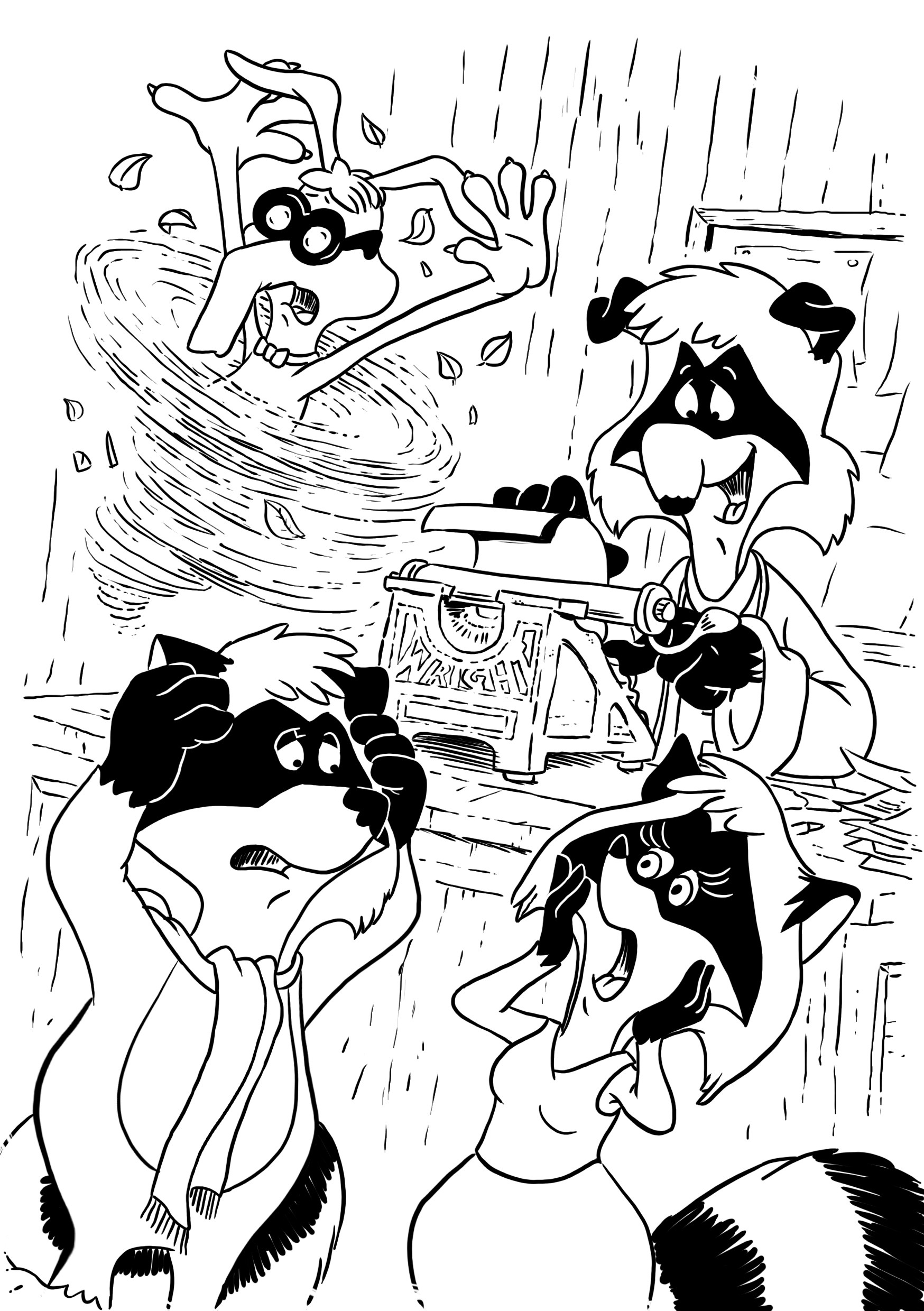
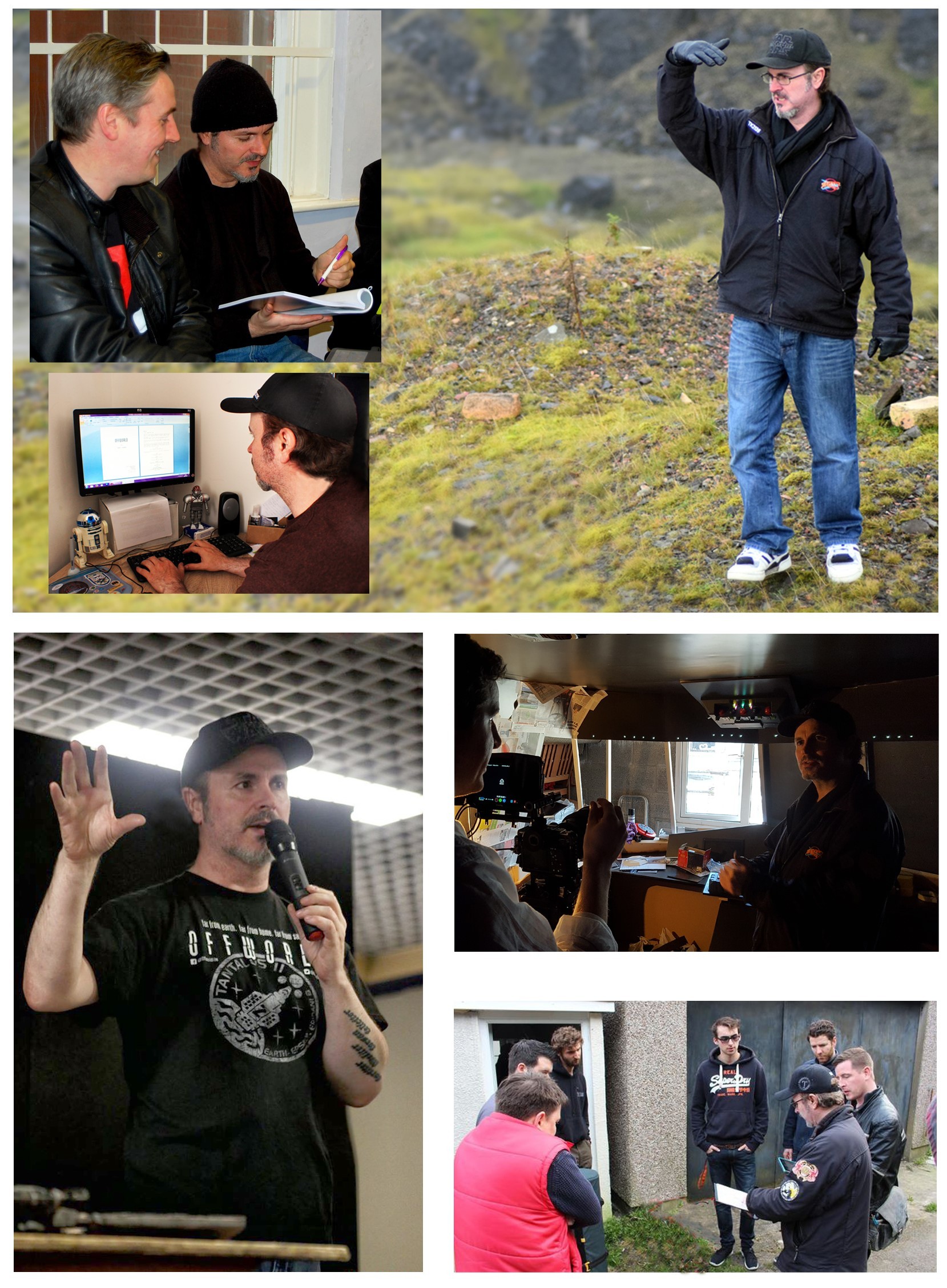
Great, appreciate you sharing that with us. Before we ask you to share more of your insights, can you take a moment to introduce yourself and how you got to where you are today to our readers.
I’m based in South Wales, in the UK. Being an artist led me to many different creative projects. For example, I formed a group in the mid 80’s, and I became a rapper. The group evolved, as many do, and eventually we got a record deal in the early 90’s, which resulted in two minor chart hits and two years of touring, often at big venues like Wembley Arena.
I’ve worked in animation studios, acted in film and TV as an extra, worked at Pinewood Studios as a prop maker, and I’ve written three novels. Now I’ve settled into illustration and filmmaking. The point of all of this is that whatever I’ve done in the past has helped to inform my skills and choices going forward. I’m more knowledgeable about directing because of my acting experience. I feel more confident about writing because of my past as an author. It all helps shape the work going forward.
I’m particularly proud of some recent projects. During the Pandemic, I wrote and illustrated my first children’s book, ‘Monsters Next Door’. It’s a book for everyone that has a fun, wholesome message and this is intentional. The story is written in rhyme (helped by my past as a rapper) and it has a Halloween/Christmas vibe, similar to Tim Burton’s ‘Nightmare Before Christmas’, inspired by my love of animated movies.
Most recently, I’ve illustrated the first three books based on the popular 1990’s cartoon series ‘The Raccoons’, which is being relaunched by its creator Kevin Gillis. It’s been fun – but a challenge – to revisit and accurately capture the look and style of these recognisable characters. Kevin has complimented my work and that’s the most important thing to me – to be told that I’ve got it right. All of my book work is published by Candy Jar Books, in Cardiff, UK.
My feature film is in early production, and I’m already very proud of what little we’ve achieved so far. I spent two years writing six drafts of it, and I’ve managed to get a really skilled cast and crew together, who all share my enthusiasm. This time, I know exactly what I’m doing, I have more freedom to try things, no fear of making mistakes, and there’s a lot more fun involved. Without an enjoyable aspect, things quickly go south, as I’ve learned. This film is inspired by the films of Edgar Wright, one of the best filmmakers the UK has ever produced, in my opinion. I’m not copying him as such, but his ‘Cornetto Trilogy’ movies have an incredibly addictive style and tone that audiences seem to love. If ‘Bloody Students’ can capture even one percent of that kind of magic, I’ll be a happy guy.
I don’t know what’s on the horizon for me, but I thoroughly enjoy new ideas and challenges. If I were to boast about anything, it’s that I’ve never had an unhappy client or a negative response from my work. That tells me I’m doing something right, and that in turn, gives me more confidence.

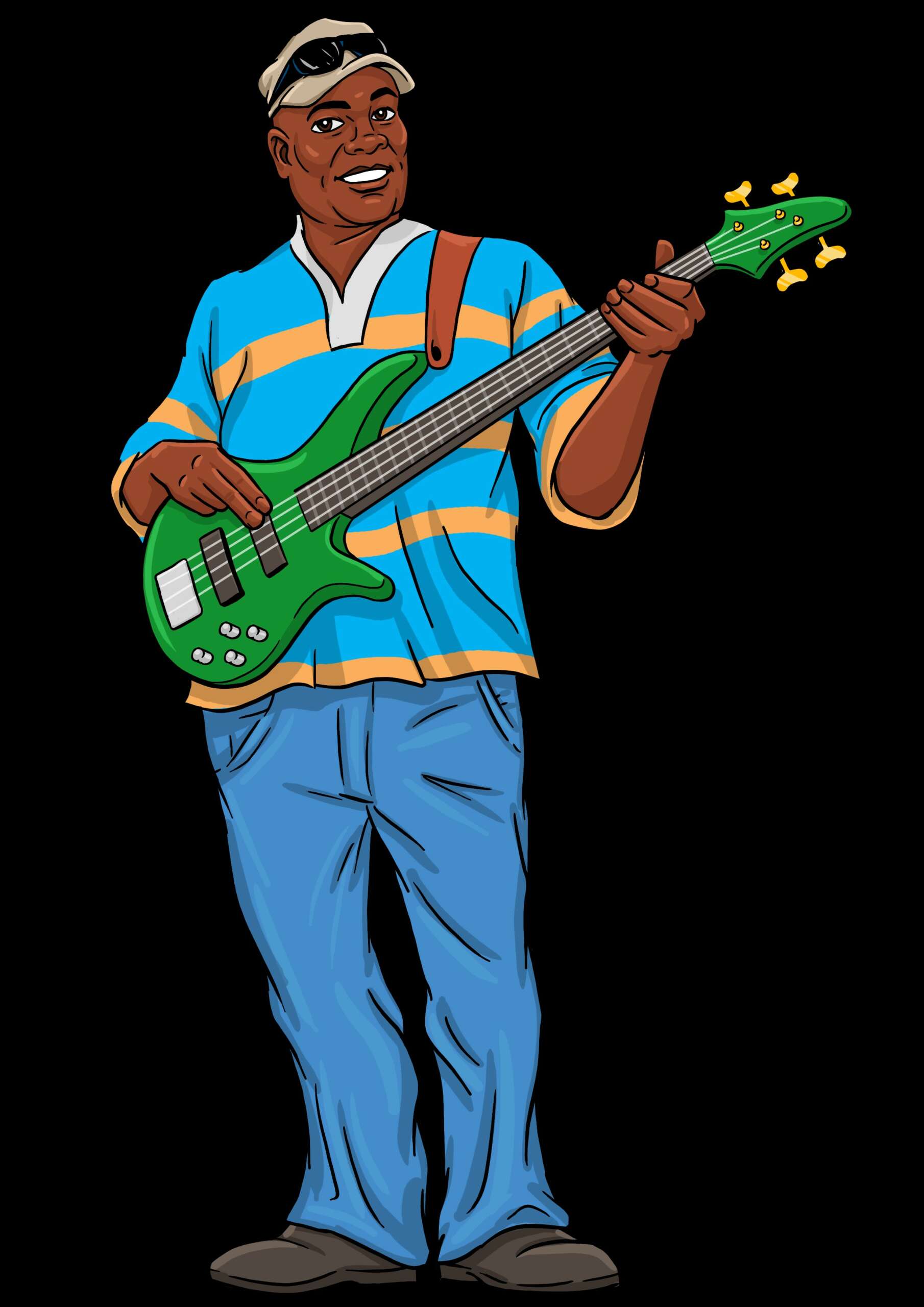
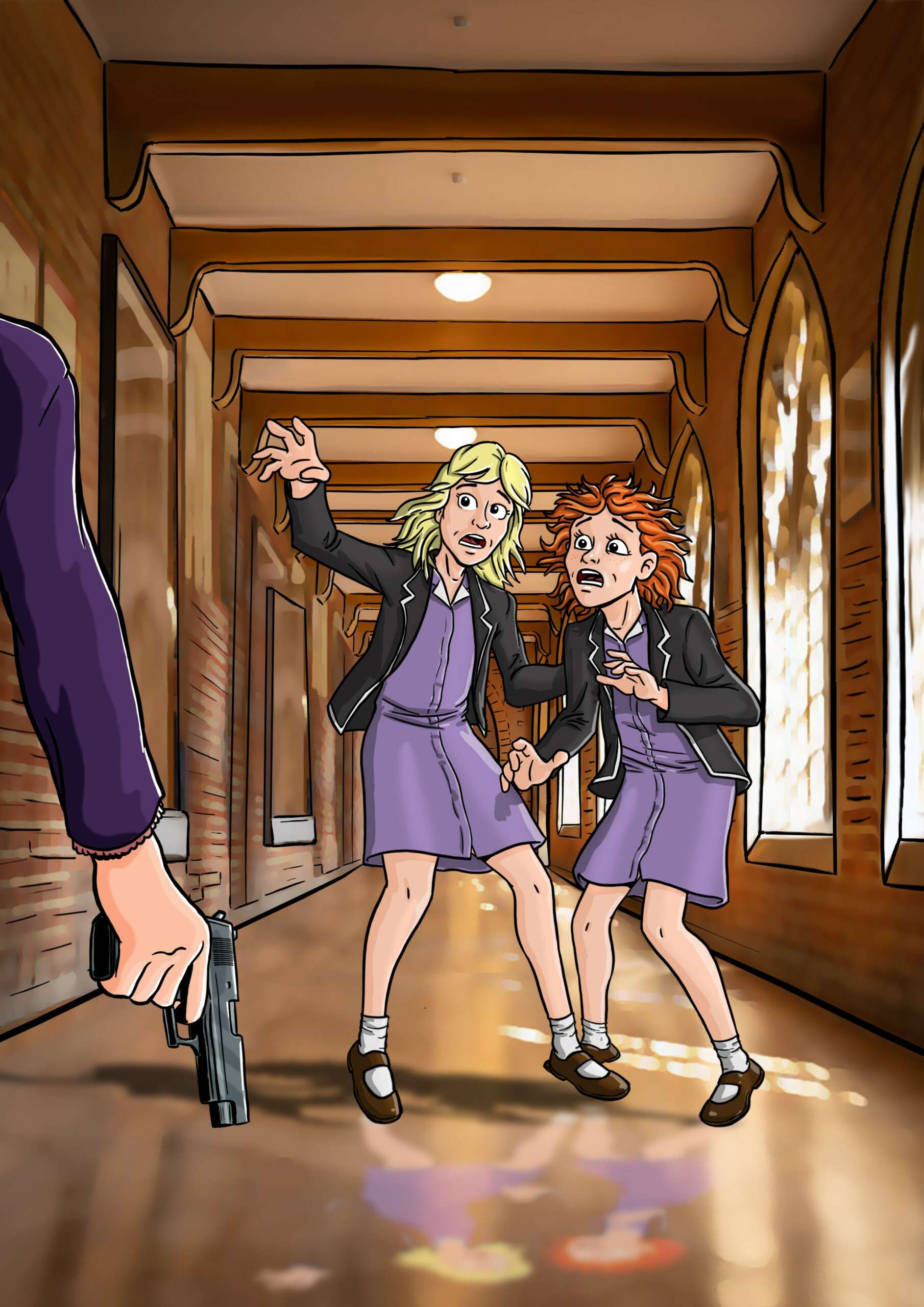
Is there something you think non-creatives will struggle to understand about your journey as a creative?
It can often be frustrating when someone is unable to articulate what they want. Every designer will be able to quote the usual lines they hear – “just make it better, “I’ll know it when I see it”, “I don’t know what I want, but I know what I don’t want”- and other well-used, headache-inducing phrases. Even the best designers or creators can benefit from the smallest seed of an idea or starting point, even if it’s a colour choice, or another brand or image that they like the look and feel of, just to provide a starting point for the ideas to flow from.
In return, creatives have to keep in mind that a lot of clients have come to them *precisely* because they need a creative mind to offer solutions that they’d never normally consider, so sometimes it might pay to be a bit more ‘out there’ and take some risks. Equally, I’ve had clients who just want safe choices. It’s up to the creative to try and ascertain which way to go with a project.
It’s also sometimes necessary to help steer a client away from things that are clearly not right. I once had a client come to me requesting a ‘total rebranding’ of their business, but they wanted the same font, same colour, same level of detail. So, there wasn’t a lot of scope for change. I could’ve easily given them what they wanted, but I told them that there’s nothing for me to do here in terms of a ‘total rebrand’. In the end, I realized I had nothing to lose and everything to gain by moving away from their chosen constraints – new style, new colour, new fonts – and they were over the moon with it. I think they just needed a reassurance that trying something different could be a good thing.
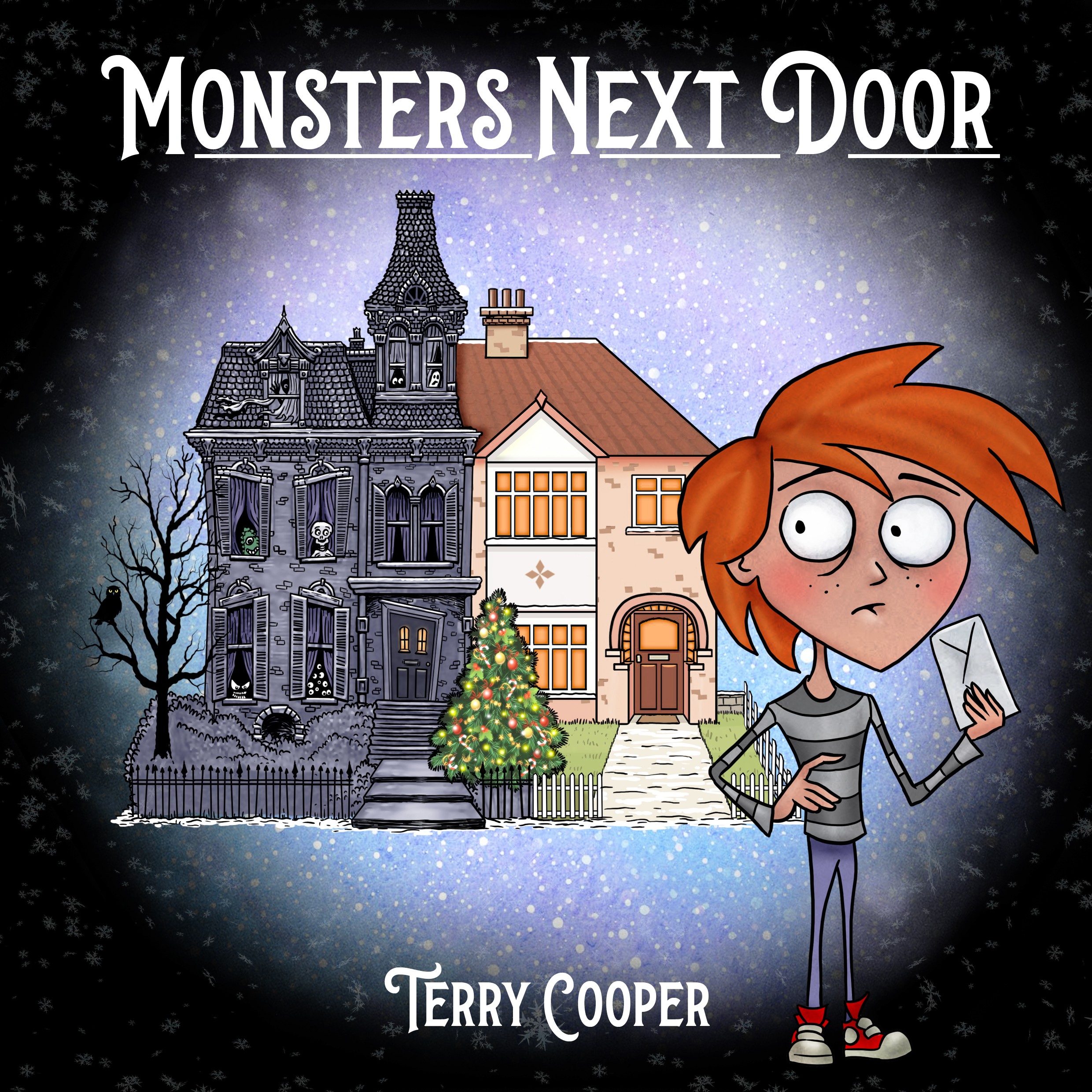

Can you tell us about a time you’ve had to pivot?
In 2003 I wanted to try a new direction – that of CGI animation, so I did a three-year year degree course. While it was a great course and very fun, creative environment, I soon realized that the life of an animator is something that I wasn’t looking forward to. I got my degree at the end of it, but I knew in my heart that I would be unsuited to churning out animation, when my strengths lay in the other disciplines surrounding it – conceptuals, scriptwriting, voice work, character design, storyboards, story ideas.
I’ve seen my classmates move on to some very big roles in film, TV and videogames, but I know that I did the right thing, as I would’ve felt that I was in the wrong job had I forced myself to go that way. I guess I’m more of a ‘concept and creation’ kind of person. So ultimately, you’re the person steering your creative journey, and you have to listen to your instincts and gut feelings.
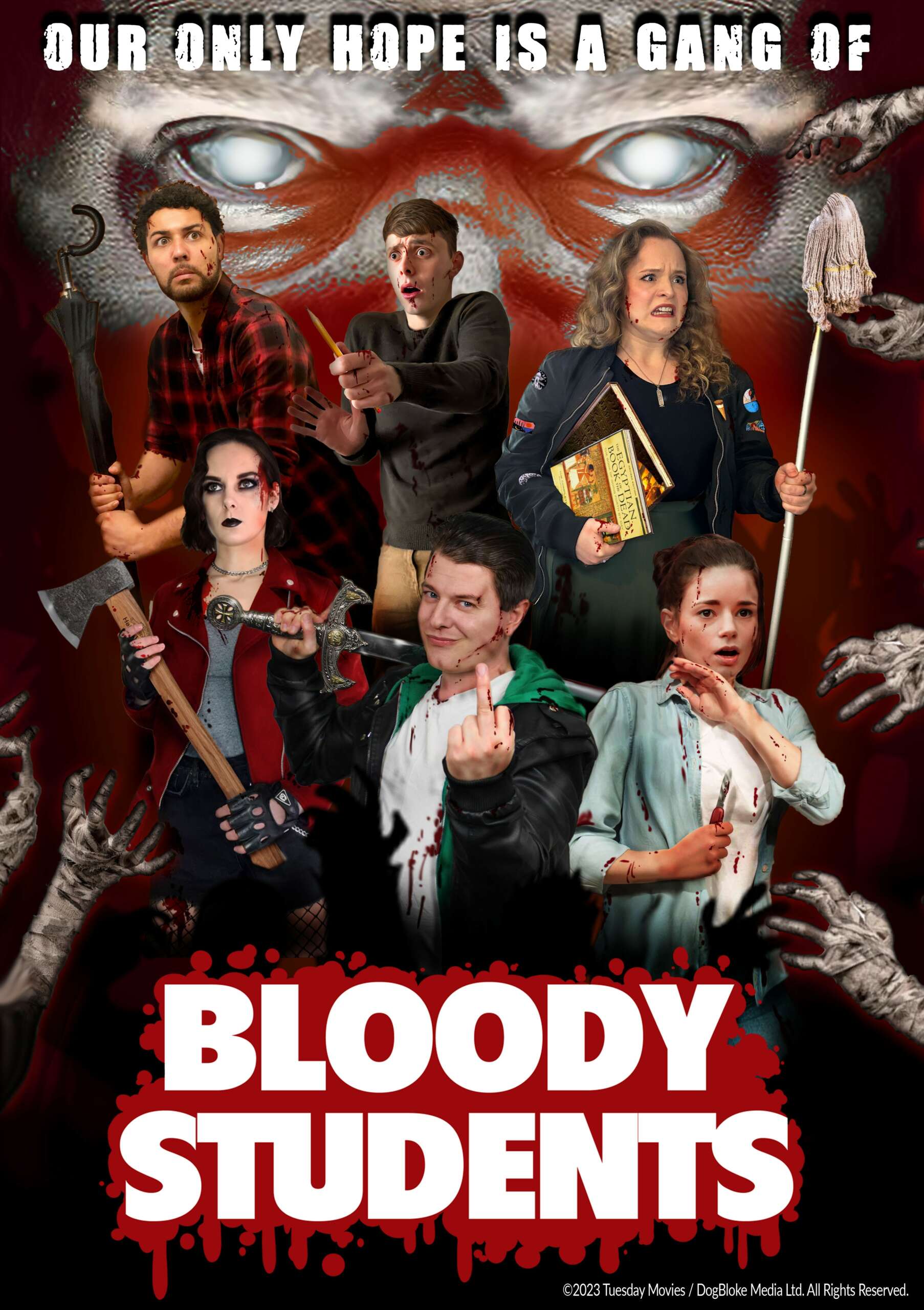
Contact Info:
- Website: www.bloodystudents.co.uk
- Instagram: www.instagram.com/bloodystudentsmovie
- Facebook: www.facebook.com/terrycooperart
- Twitter: twitter.com/bl00dystudents
- Youtube: www.youtube.com/terryontuesday


